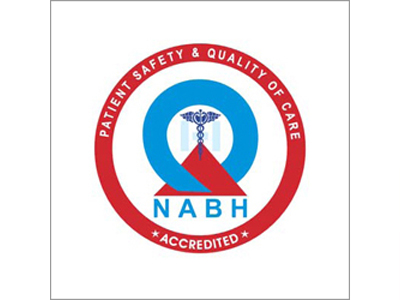A recent paper by Beula et al. from the Institute for Vision Rehabilitation, L V Prasad Eye Institute, discusses their experiences and learnings providing tele-rehabilitation services to 305 individuals with visual impairment during the pandemic. The authors note that tele-rehabilitation works and call for a tele-rehabilitation approach to provide critical ‘continuum of care’ for individuals with vision impairment in settings where access barriers are high.
The pandemic has impacted health care access across the board. It has been especially detrimental for people with disabilities who need to access rehabilitation services. Rehabilitation is critical for individuals with health conditions to reduce disability and regain optimal functioning. Access to education, employment opportunities and daily activities, including recreation, are intimately linked with rehabilitation care. Reduced access limits their recovery and progress, thereby increasing the effects of their disability.
Tele-rehabilitation can help overcome some of these barriers of access. A gamut of rehabilitation services such as assessment, treatment, counselling, and education can be provided through audio, visual, and other forms of digital communication. This is commonly done using mobile devices, such as phones, tablets and smartphones.
A new paper in the Indian Journal of Ophthalmology by Dr Beula Christy and her team, discusses a successful model of rehabilitation care using tele-rehab services that was offered during the pandemic. To mitigate the harm caused by delayed access to rehabilitation care to their existing clientele, the study explored tele-rehabilitation services to help reach individuals with vision impairment in diverse settings and isolated areas. The authors have called for this much-needed ‘continuum of care,’ where therapy services are accessed across time and changing healthcare needs.
The study included 305 individuals—all current patients of the Institute for Vision Rehabilitation--whose ongoing care was disrupted by the pandemic. 42% (129) of the participants were children with vision loss and developmental disabilities, while nearly two-thirds were male. Many participants had severe vision impairment and blindness. Of the services offered using tele-rehabilitation, early childhood intervention was the most accessed service. The team facilitated these services using phone and WhatsApp calls.
A few of the challenges encountered during the study included poor internet connectivity and scheduling appointments based on an individual's preferences. Their biggest challenge however was motivating parents to enroll for tele-rehabilitation since many were apprehensive about the efficacy of virtual vs in-person training. Despite these barriers, nearly 90% of the participants continued to access the services. This is especially relevant as the authors noted that in the past, compliance for follow-up visits was usually poor due to physical strain and inconvenience as well as the time and cost of travel involved.
While the study was initiated following the general guidelines recommended for physiotherapy, the authors also mention the development of their own model based on the challenges, experiences and lessons learnt while delivering services through a virtual platform.
'Our study’s findings show that tele-rehabilitation may be as effective as conventional care for enhancing development and improving personal independence. We found that tele-vision rehabilitation is recommendable to anyone, with the advantage of receiving support at their doorstep,' says Dr Beula Christy, Head, Institute for Vision Rehabilitation - KAR Campus, L V Prasad Eye Institute. She adds that 'the current utilization of rehabilitation services is less than 10 percent. This is because the disadvantaged rural population faces restricted access and other significant challenges as rehabilitation is an urbanised service.'
If you want to receive more such articles in your inbox, do subscribe to the LVPEI Science PubList mailing list.
Citation
Christy B, Mahalakshmi M, Aishwarya TV, Jayaraman D, Das AV, Rani PK. Tele-rehabilitation for persons with vision impairment during COVID-19: Experiences and lessons learned. Indian J Ophthalmol. 2022 Mar;70(3):1026-1029. doi: 10.4103/ijo.IJO_1722_21. PMID: 35225566; PMCID: PMC9114568.


